|
Tree Swallow / Hirondelle bicolore (Tachycineta bicolor) |
Seasonal
status at MBO:
| JAN
|
FEB
|
MAR
|
APR
|
MAY
|
JUN
|
JUL
|
AUG
|
SEP
|
OCT
|
NOV
|
DEC
|
|
|
|
QUICK TIPS:
(applicable only in spring/summer)
1)
Consider the body plumage:
- if there is any brown on the head or back
in spring/summer the bird is a female
- >50% brown
indicates a SY female
- 10-50% brown
indicates an AHY female (zone of overlap in plumage
between SY and ASY)
- 1-10% brown
indicates an ASY female
- if the head and back are entirely green-blue
it may be a male of any age or an ASY female
2) Check the
flattened wing chord - if it is <114 mm
the bird is a female, if it is >121 mm the bird
is a male |
Note: the above tips
are based on the long-term research of Dr. David Hussell at Long
Point Bird Observatory
Species account updated April 2009 |
Ageing and sexing overview:
Ageing and sexing details:
In spring, male Tree Swallows of all ages
are entirely blue-green above. Unless there is abnormal retention
of brown juvenile feathers, age cannot be determined. Some males
can be sexed if they have a sufficiently long flattened wing chord (at
least 121 mm). Otherwise, sex can be
reliably assessed only through the presence of a cloacal protuberance,
as ASY females can also be entirely blue-green above.

Photo by Marcel Gahbauer,
April 2006
Wings are uniform in colour, with a blue-green sheen to the coverts and
tertials.
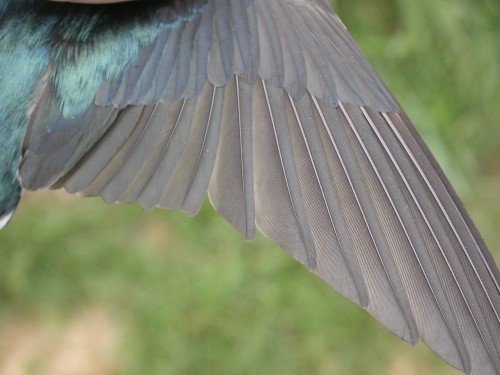
Photo by Marcel Gahbauer,
May 2006
The blue-green upperparts extend through to the rump, and there is often
a blue-green tinge to the rectrices.

Photo by Marcel Gahbauer,
May 2006
RETURN TO AGE/SEX
OVERVIEW
In spring, ASY female Tree Swallows are
90-99% blue-green on their upperparts, and can be virtually
indistinguishable from males. Some females can be sexed reliably
by wing chord, if it is 114 mm or shorter. Otherwise, any Tree Swallows with this colouration must be sexed as females only if they have a brood patch.
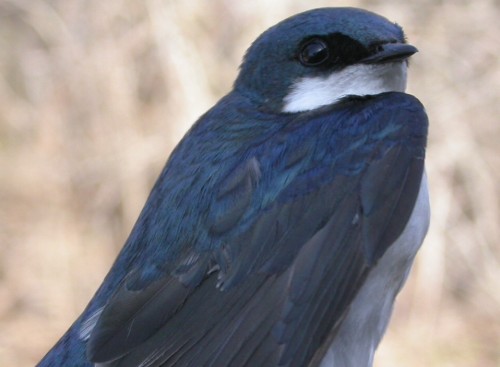
Photo by Marcel Gahbauer,
April 2006
Wings are uniform in colour, with a blue-green sheen to the coverts and
tertials.
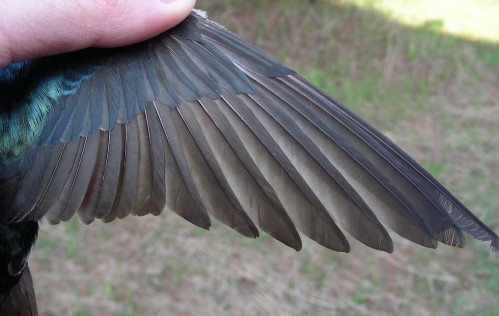
Photo by Marie-Anne Hudson, May 2008
The blue-green upperparts extend through to the rump, and there is often
a blue-green tinge to the rectrices.
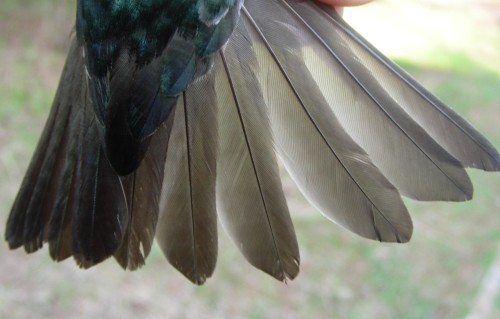
Photo by Marie-Anne Hudson, May 2008
RETURN TO AGE/SEX
OVERVIEW
Some female Tree Swallows have more (>50%)
blue-green on the upperparts than is typical of SY birds, and less
(<90%) than definite ASY females. They can be recognized as
females by having at least 10% brown feathers, especially on the
forehead, and sex can be confirmed by brood patch, but age cannot be
determined with accuracy.
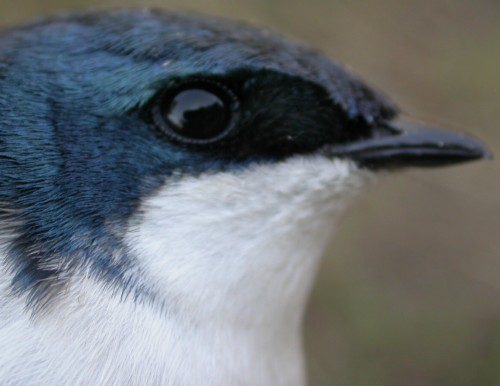
Photo by Marcel Gahbauer,
April 2006
Wings may have a blue-green sheen in places, or may be largely brown.
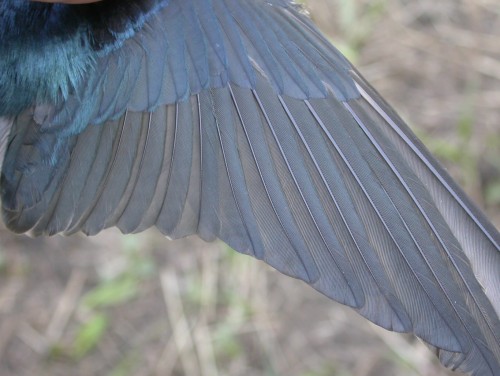
Photo by Marcel Gahbauer,
April 2006
The blue-green upperparts eusually xtend through to the rump, and there
is often a blue-green tinge to the rectrices.

Photo by Marcel Gahbauer,
April 2006
RETURN TO AGE/SEX
OVERVIEW
Primarily brown above, with dull blue-green
flecks covering up to 50% of the upperparts; the amount of blue-green on
the head may be quite variable, as shown by the photos below.
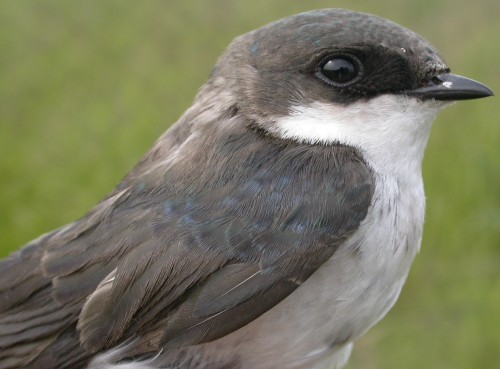
Photo by Marcel Gahbauer, June 2006
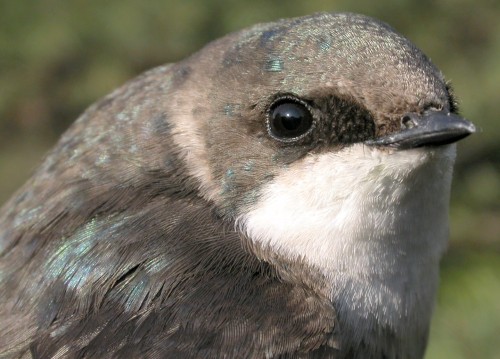
Photo by Marcel Gahbauer,
April 2006
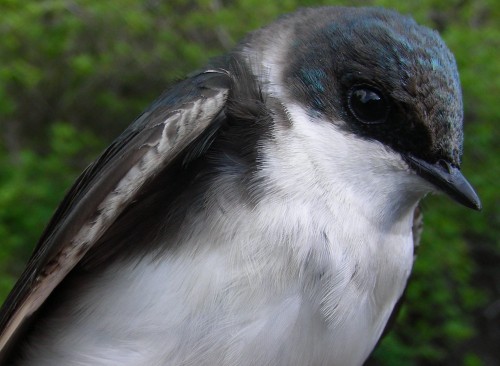
Photo by Marie-Anne Hudson, May 2007
The wing is mostly brown, though on some individuals there may be some
feathers, especially toward the back, that have a fair amount of
blue-green gloss.
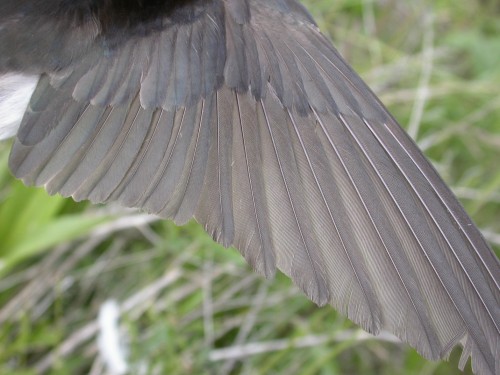
Photo by Marcel Gahbauer,
June 2006
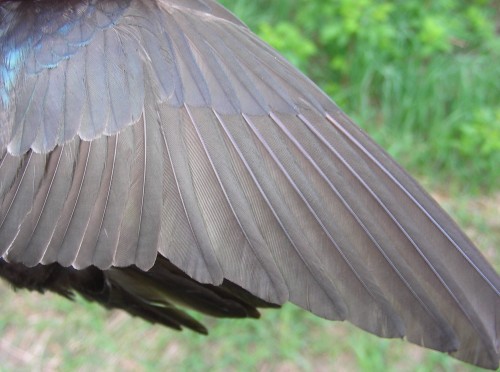
Photo by Marie-Anne Hudson, May 2007
Tail mostly brown, sometimes with a faint blue-green tinges to the rectrices.
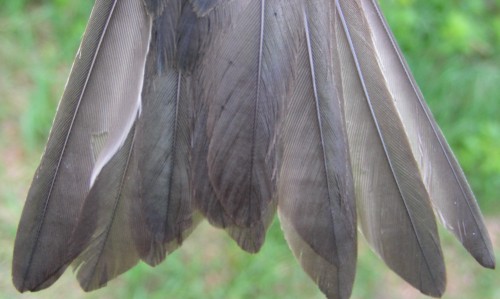
Photo by Marie-Anne Hudson, May 2007
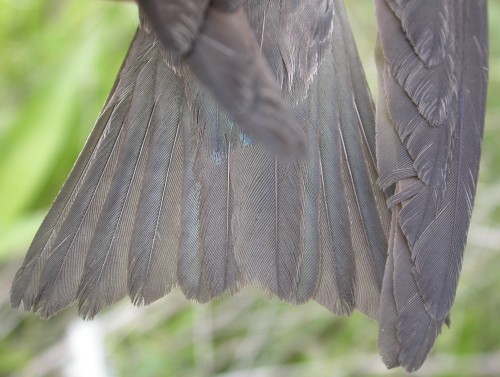
Photo by Marcel Gahbauer,
June 2006
RETURN TO AGE/SEX
OVERVIEW
RETURN TO AGE/SEX
OVERVIEW
RETURN TO AGE/SEX
OVERVIEW
Juvenile Tree Swallows are brown below and
white above. This individual was photographed around 15 days of
age, a few days prior to fledging.
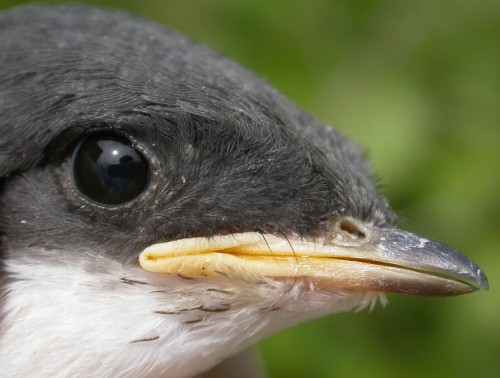
Photo by Marcel Gahbauer,
Hamilton (ON), June 2006
Wings are uniformly gray-brown.
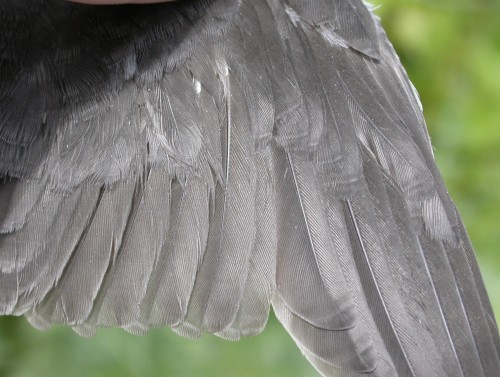
Photo by Marcel Gahbauer, Hamilton (ON), June 2006
The tail is uniformly
gray-brown, and at age 15 days is still in the process of growing in.
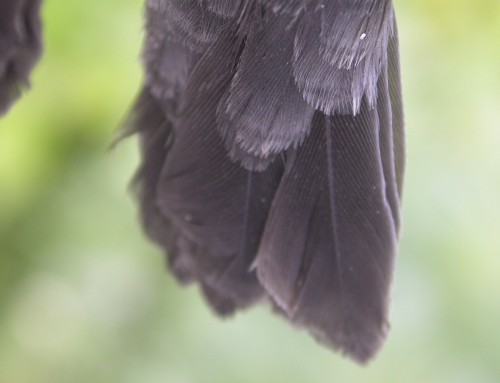
Photo by Marcel Gahbauer,
Hamilton (ON), June 2006
RETURN TO AGE/SEX
OVERVIEW
|